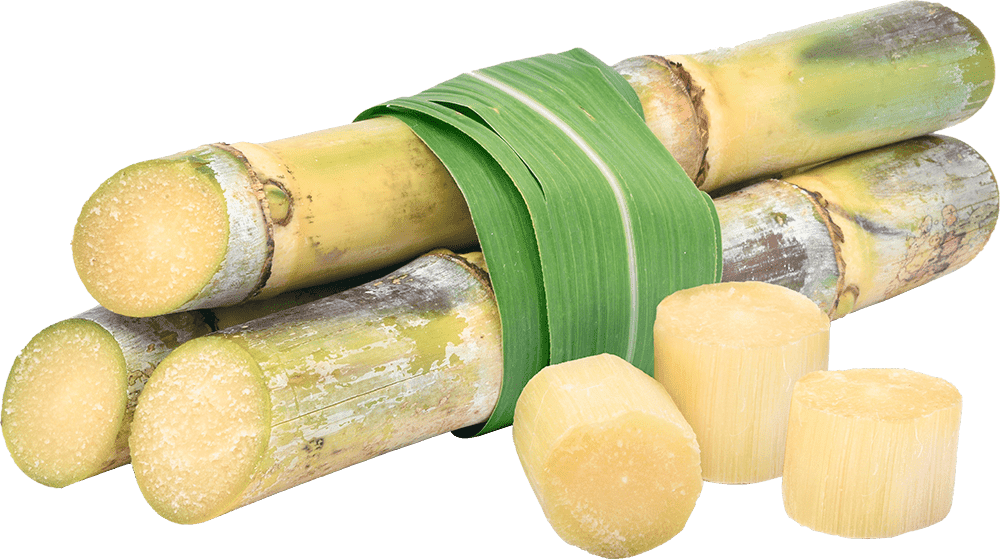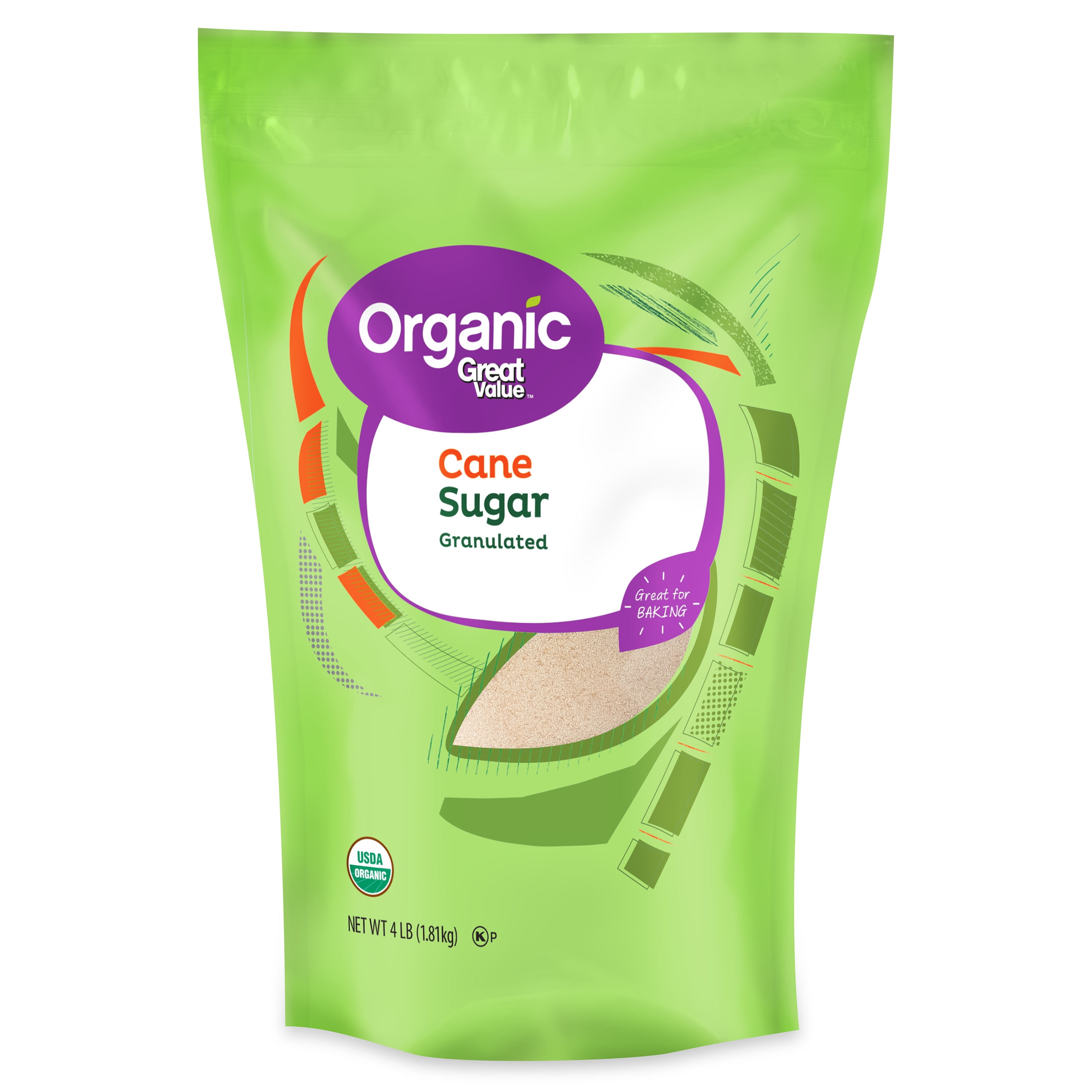Cane Sugar Processing Explained: What Occurs Inside a Sugar Mill
Cane Sugar Processing Explained: What Occurs Inside a Sugar Mill
Blog Article
An In-Depth Overview to the Environmental Influence and Sustainability Practices in Walking Stick Sugar Processing
The environmental effect of walking cane sugar handling provides a complicated range of obstacles that warrant careful assessment. From soil degradation and too much water usage to the carbon footprint connected with cultivation and manufacturing, the effects of traditional practices are far-ranging. On the other hand, the fostering of ingenious sustainability actions supplies a path towards much more accountable production methods. Recognizing the interaction between these issues is important for stakeholders in the industry. What specific practices can be applied to strike an equilibrium between productivity and ecological stewardship? The responses hinge on a better look at both the obstacles and possible services.
Summary of Cane Sugar Processing
Walking cane sugar handling entails a series of organized actions that change sugarcane into refined sugar. Originally, gathered sugarcane is carried to refining facilities, where it goes through cleaning to eliminate dirt and debris. Following this, the walking cane is crushed to draw out juice, which is after that cleared up by getting rid of impurities with home heating and the addition of lime.
The clarified juice goes through evaporation, where water is eliminated to focus the sugar web content. These crystals are divided from the staying syrup using centrifugation, resulting in raw sugar.
The end product is then dried out and packaged for circulation. Throughout this whole process, maintaining performance and quality assurance is vital to make sure the sugar satisfies market standards. Each action in walking cane sugar processing not just adds to the last product but additionally has ramifications for source usage and waste generation, establishing the phase for discussions on sustainability and environmental influences connected with sugar production.
Environmental Obstacles of Manufacturing
The production of walking stick sugar provides a number of considerable ecological challenges that warrant focus. One primary issue is the extensive usage of agrochemicals, consisting of plant foods and chemicals, which can lead to soil deterioration, biodiversity loss, and contamination of local water resources. The runoff from sugarcane areas usually brings these chemicals right into neighboring ecological communities, interfering with water life and impacting the health of areas reliant on these water bodies.
One more challenge is the high power usage associated with sugarcane handling. The boiling and refining phases call for substantial warmth, mostly generated by melting nonrenewable fuel sources, adding to greenhouse gas emissions. Furthermore, the extensive land location required for sugarcane growing can cause deforestation and environment damage, more aggravating environment change and harmful wildlife.
In addition, the labor methods in some areas raise moral issues, as employees may encounter bad working problems and insufficient incomes. This circumstance often continues a cycle of poverty in regional areas. Cane Sugar Processing. Dealing with these environmental difficulties is crucial for establishing more sustainable techniques in cane sugar production, eventually profiting both the environment and the areas involved in this market
Water and Land Usage Impact
Water resources and land use are critical elements in the walking cane sugar industry that considerably influence the environment. The growing of sugarcane calls for substantial water input, with estimates suggesting that it can take in approximately 2,000 litres of water per kilogram of sugar produced. This intensive use of water typically leads to depletion of regional water resources, impacting not just the sugarcane haciendas yet also surrounding ecological communities and communities that rely upon the exact same water sources for agriculture and domestic use.

Furthermore, land usage for sugarcane cultivation can cause deforestation and the conversion of all-natural environments into monoculture vineyards. This practice reduces biodiversity, interferes with local ecological you could check here communities, and adds to soil destruction. The expansion of sugarcane fields usually trespasses on beneficial agricultural land, creating competitors for sources in between food and biofuel production.
Sustainable techniques, such as optimizing irrigation methods and applying crop rotation, are important to minimize these impacts. By adopting a lot more reliable water usage and land administration methods, the walking cane sugar industry can decrease its environmental impact, making certain an equilibrium in between agricultural productivity and environmental preservation.
Greenhouse Gas Emissions
Greenhouse gas discharges represent a considerable ecological problem within the walking cane sugar handling sector, particularly as agricultural practices broaden to satisfy worldwide demand. The growing of sugarcane, a plant that grows in exotic climates, depends heavily on synthetic fertilizers and chemicals, which add to laughing gas exhausts. In addition, land-use adjustments, consisting of logging for new sugarcane ranches, release carbon dioxide saved in vegetation and dirt.
During handling, power usage is another significant source of greenhouse gas emissions - Cane Sugar Processing. Many sugar mills make use of nonrenewable fuel sources to power machinery and create warmth, resulting in considerable carbon impacts. Furthermore, the transportation of raw sugarcane and finished items includes layers of emissions with gas burning in lorries
The cumulative effect of these discharges exacerbates environment change, presenting dangers not just to the setting yet also to the long-lasting viability of the sector. Stakeholders should acknowledge the urgent requirement for extensive methods that deal with these exhausts. This involves reviewing current farming practices, processing approaches, and transportation systems to determine locations for improvement and reduction. Resolving greenhouse gas discharges is important for cultivating a more sustainable walking cane sugar industry in an altering environment.

Sustainable Practices and Innovations
Lasting methods and innovations are significantly crucial in the cane sugar handling market as stakeholders seek to decrease environmental effects while maintaining performance. One significant innovation is the implementation of incorporated crop administration, which optimizes resource usage by combining dirt management, bug control, and plant rotation strategies. This method boosts yield while lessening chemical find more inputs and maintaining soil wellness.
Moreover, the fostering of renewable energy resources, such as biomass from sugarcane residues, has gotten grip - Cane Sugar Processing. By converting waste products right into power, processing facilities can minimize their dependence on nonrenewable fuel sources, therefore lowering greenhouse gas discharges
Water monitoring techniques have likewise seen improvements via the recycling and reusing of water in processing plants, substantially reducing freshwater usage. Technologies in technology, such as precision agriculture, allow farmers to monitor crop health and wellness and source use more efficiently, guaranteeing sustainable growing techniques.
In addition, certification programs like Fair Trade and Rainforest Alliance motivate ecologically liable farming techniques and advertise social equity within the supply chain. By welcoming these lasting techniques and technologies, the walking cane sugar processing market can boost its strength and add favorably to ecological stewardship.
Final Thought
The environmental effect of walking stick sugar processing presents significant challenges, including dirt destruction, high water usage, and greenhouse gas discharges, alongside ethical concerns connected to labor techniques. Resolving these concerns with sustainable practices, such as incorporated plant administration, renewable power fostering, and water recycling, is crucial. By advertising socially fair and ecologically responsible techniques in sugar production, the sector can alleviate its unfavorable results, making certain a much more sustainable future for both areas and environments involved in this field.
Walking stick sugar handling includes a series of methodical steps that change sugarcane into polished sugar. Each step in walking stick sugar processing not just contributes to the last product but also has implications for resource use and waste generation, establishing the stage for conversations on sustainability and ecological effects linked with sugar production.
Greenhouse gas exhausts stand for a substantial ecological problem within the cane sugar handling market, particularly as farming methods broaden to satisfy worldwide need.Sustainable methods and More Info technologies are progressively crucial in the walking stick sugar processing market as stakeholders seek to minimize ecological impacts while preserving performance.The environmental effect of walking cane sugar processing presents considerable obstacles, including soil deterioration, high water intake, and greenhouse gas emissions, alongside honest problems related to labor practices.
Report this page